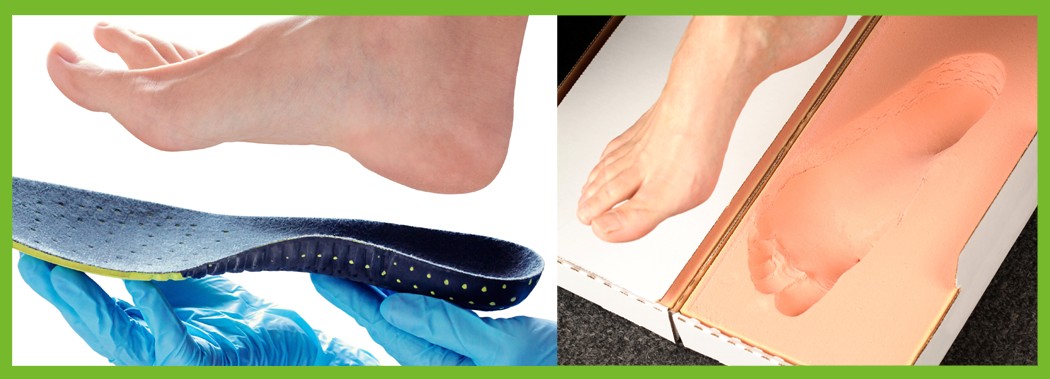Over the years, surgical technique for the repair of a ruptured or deficient anterior cruciate ligament (ACL) has evolved and changed. Most recently, in the 1990s, surgeons went from using a two-incision tunnel to a one-incision technique. Results of each method have been studied and are now compiled in this report.
The incisions made to create tunnels through the bone through which the graft tissue is threaded is a reflection of the location of the graft placement. And graft placement appears to be an important factor in the success of ACL repairs (single or double). The graft must be able to resist tibial translation (movement of the lower leg bone against the femur or thigh bone). It must also resist abnormal internal tibial rotation.
When combined together, too much of these two motions (tibial translation and internal rotation) are what result in something called the pivot-shift phenomenon. The athlete plants his or foot on the ground and attempts to make a sudden shift or move in another direction. With an unstable knee, the joint buckles or gives way underneath the athlete.
Health care professionals in the sports world use a clinical test called the pivot-shift that tests for this type of stability/instability. A positive pivot-shift test means there's too much movement at the joint. It's a sign of a failed ACL repair.
The repair can be done as a single bundle approach or a double-bundle procedure. Just as the term indicates, single-bundle is a piece of tendon taken from elsewhere around the knee (usually patellar tendon or hamstrings) and used to replace the deficient ACL. A double-bundle graft is more likely made from hamstring material. The double-bundle is formed by folding the graft over to form two layers of graft material.
The double-bundle graft was developed to provide greater stability. It was felt that a single-bundle graft led to too many failures as measured by a positive pivot-shift response. But the double-bundle graft is complex and requires two grafts and two femoral and tibial tunnels. There's been some question about the failure rate for this approach compared with the single-bundle method.
To help put the debate to rest, a well-known orthopedic surgeon (Frank Noyes, MD) and the author of this article reviewed the available literature and compared the results between these two procedures. He looked at studies using cadavers (human knees preserved after death for study) and live humans.
Cadaver studies are helpful because the ACL can be cut a little at a time to see what effect that has on knee stability. The same thing can be done progressively sectioning (cutting) other ligaments and soft tissues in and around the knee. This is done to help mimic conditions in an injured knee that has more than just the ACL damaged.
In cadaver studies, different parts of the ACL can be sectioned in different places. This shows the function and value of each portion of the ligament complex. And the validity of clinical tests can be verified using cadavers.
These tests (like the pivot-shift test) are commonly used by surgeons, physiotherapists, and athletic trainers to assess the damage to each ligament and soft tissue structure. For example, it's possible to see how much damage must be done to each individual structure before the pivot-shift test is positive.
Dr. Noyes provides a detailed account of the type of drilling techniques, placement of the graft attachment, and effect these have on results. A review of the anatomy of the intact knee compared with the knee orientation after single- and double-bundle grafts is also offered. He reports on the amount of tibial translation that occurs in cadaver studies with progressive sectioning of the ACL and other knee ligaments (e.g., posterior cruciate ligament).
No one really expects grafts to restore normal motion and provide perfect check-reins on abnormal motions. The natural, normal ligaments' design and fiber tension behavior are simply too complex for that. But the graft can provide enough tension to protect the knee from instability and restore normal function. This can be done without limiting normal tibial motion too much, a situation called overstraining.
It has been noted that a vertically oriented single-bundle ACL graft resulted in many more patients with a positive pivot-shift test (compared with patients who got the double-bundle graft). But there were other studies where there wasn't much difference in results between these two procedures. So, some authors advocated the simpler, less complex single-bundle procedure. Why go to all the trouble of using the double-bundle technique when the single-bundle works just as well and isn't such a technically demanding operation?
In looking back at all of the studies (cadaveric and human), Dr. Noyes could not support one method over another. There are different advantages and disadvantages to each. It appears that the location of the graft may be a key factor in results.
In some cases the orientation of a single-bundle graft can give the same stability provided by a double-bundle graft. The next step seems to be studies to compare locations of single-bundle grafts. The goal would be to find a single-bundle orientation that offers all of the advantages of a double-bundle approach without the complexities of technique.
Frank R. Noyes, MD. The Function of the Human Anterior Cruciate Ligament and Analysis of Single- and Double-Bundle Graft Reconstructions. In Sports Health. January/February 2009. Vol. 1. No. 1. Pp. 66-75.








